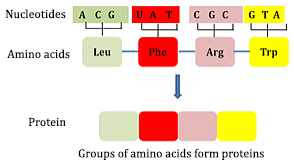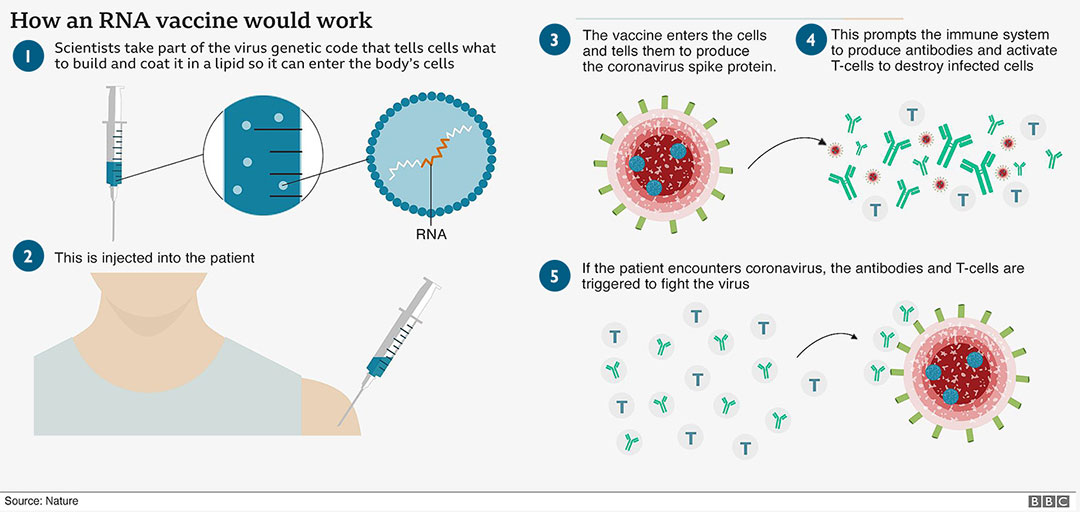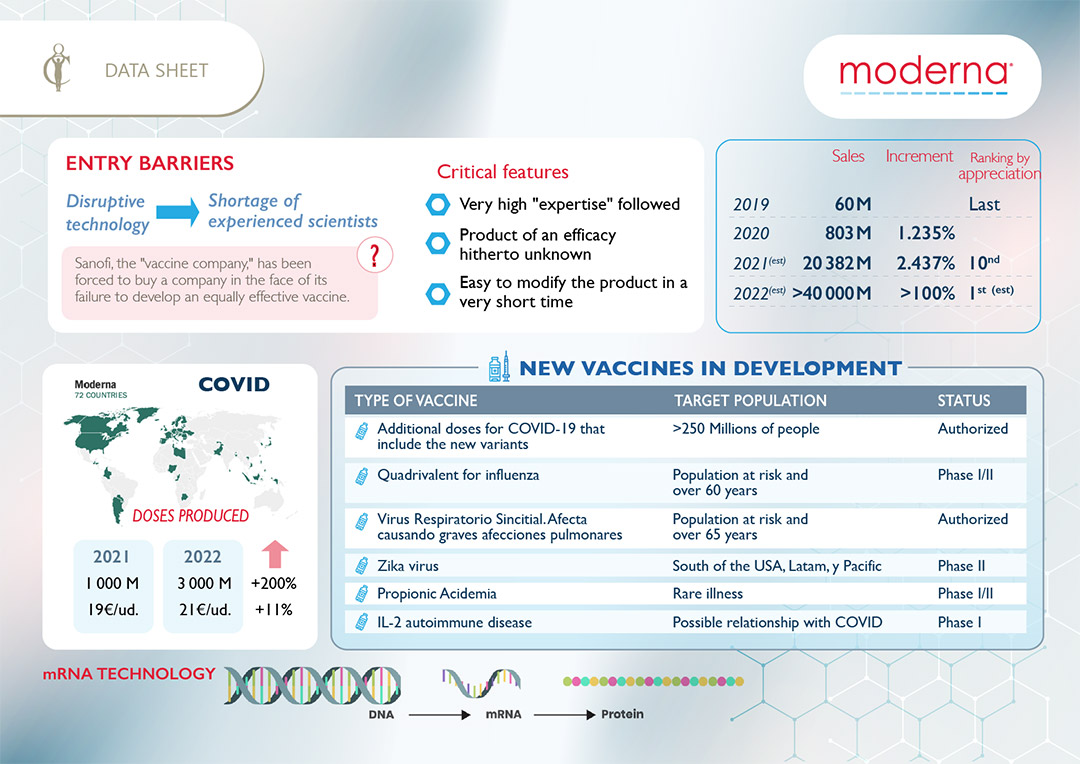26 Sep Health, the new growth: vaccines

The new pharmaceuticals
This year within the solid companies, that is to say, generators of cash, with product and above all results, that have grown the most in value there are, for the first time in a long time, two pharmaceutical companies.
The answer to the question of why this has been the case has a simple answer and a more complex one. The simple is that they have the vaccine for COVID 19, the complex is the object of this paper.
However, the simple answer is not that simple either, because while everyone knows Pfizer or Moderna, very few people know BioNTech, the German company that is really behind the Pfizer vaccine.
Pfizer, the first pharmaceutical company in the world according to several parameters, what it does, which is not little, is to use its enormous capacity to manufacture and distribute the vaccine developed by BioNTech, without it sharing its property rights.
The striking thing is that while the value of Pfizer has grown by 30% in the last year, that of Moderna has grown by 560% and. Modern, it is already worth 50% more than Sanofi. BioNTech by 430%
Sanofi, which after the purchase of the Pasteur Institute became known as “the vaccine company”, has clearly been left behind due to its failure in the race for the COVID vaccine. This forced him to spend some 3,200 million USD in early August on an American biotechnology company specializing in modified mRNA: Translate BIO.
This is just one more indication of what this paper is about, the treatment of diseases is undergoing a real revolution, and this for the good of patients, although the majority of the population is not aware of it.
Target drugs
I have said and firmly maintain that the discovery of penicillin has been the world’s greatest breakthrough in a single milestone. Without health, there is nothing, and the discovery of an antibiotic that could cure many of the bacterial diseases, causing millions of diseases in the world up to that moment directly, was one of the greatest advances of humanity.
Well, vaccines, if not the second, is close to that position. Preventing people from dying of diseases, many of which have no medicine to treat them, has not only saved lives, but has kept the world’s economies from paralyzing. And to strengthen this statement, I only have to refer to what we are experiencing.
Medical treatments are increasingly directed towards specificity. So far many drugs are very effective against diseases, but the collateral damage they cause is very important, and to ensure this I invite the reader to read any of the leaflets of the drugs you take. In some cases, taking them, after such a reading, requires more than an act of faith in the doctor.
The new healthcare is on the way to leaning on three basic pillars:
- Vaccines based on modified mRNA technology: A new technology for vaccine development that achieves hitherto unknown success, combined with an ease of modification of the vaccine unthinkable a few years ago.
- Monoclonal Antibodies: Still in hospital use, but only for cost; They have been shown as the future of medicine due to their specificity. They are true precision missiles against those who attack us, even if we are ourselves, for example, suffering from an autoimmune disease.
- Genetic tests: Very complicated to interpret in the past, now they have become, thanks to advances in genetics and artificial intelligence, the basis of specific knowledge of our body.
Biotechnology is the anchor used by new drugs – precision missiles against disease – and these new drugs are called Monoclonal Antibodies.
Vaccines
Contrary to what people think, the main objective of a vaccine is to prevent the serious illness of the patient.
That is, to ensure that at least the vaccine is immunizing, even if it cannot be sterilizing, and that if the patient becomes ill, it does not do so gravely.
The secondary objectives are:
- That the vaccinated patient cannot be infected because the vaccine is sterilizing.
- That if the disease happens, it is in the most asymptomatic way possible.
- That the vaccine is effective in at least 55% of the population.
The types of vaccines that were on the market so far were of two types:
- Comprehensive pathogen vaccines. Based on latent virus with its lower infective potential, to allow time for our immune system to make enough antibodies before it is seriously contaminated.
- Pathogen fragment vaccines. Generally a protein from it (which is usually from its capsule) and that our immune system will recognize as a pathogen and will trigger an immune response.
Either one has several problems:
- They can lose effectiveness against mutations of the virus, if this occurs in elements of the virus or the bacteria that it uses to bind to our cells.
- Its modification is very complex.
Vaccines: in detail
To properly understand the rest, the reader has to grasp a little biology notions:
 The human body is nothing more than the union, in different ways, of fundamentally 4 chemical elements: Carbon, Hydrogen, Nitrogen and Oxygen. Our highly complex genetic code is made up of gigantic rows of compounds, made up of these relatively simple chemical elements, linked together: the Nucleotides.
The human body is nothing more than the union, in different ways, of fundamentally 4 chemical elements: Carbon, Hydrogen, Nitrogen and Oxygen. Our highly complex genetic code is made up of gigantic rows of compounds, made up of these relatively simple chemical elements, linked together: the Nucleotides.- These nucleotides, which are 5, are joined together in triplets, called triplets or amino acids, in a number equal to the combinations of 5 numbers in groups of 3.
- Immense chains of triplets make up our genetic material, also called DNA.
- These triplets joined together are expressed, that is, they synthesize the amino acids that, when joined together, form proteins.
- A mutation is nothing more than a change in these triplets, which means that their expression in the form of amino acids, and later as proteins, is altered with respect to the original.
- That “new” protein can do a lot of things, but it usually causes disease.
- The rest of the living beings, including the most or almost the smallest ones, such as viruses, work in a similar way.
In addition to the two technologies described for manufacturing vaccines, Dr. Kalikó developed a third that has proven to be revolutionary, and on which the Moderna and Pfizer-BioNtech vaccines are based: The modified mRNA technology.
Vaccines: modified mRNA
Advantages of this technology:
In the event of a mutation in the genetic code of the pathogen, the altered triplets can be rapidly modified in the vaccine, perfectly adapting the new vaccine to the modified pathogen.
As an example, in the Sars-COV-2 virus that causes COVID 19, it takes only 3 weeks to make this change, which allows to have new vaccines in less than 60 days.
Thanks to this high specificity achieved, these vaccines usually have an efficacy greater than 95%, compared to the 55% objective sought by the previous ones.
Right until now, around 1.5 billion doses of all available vaccines were produced in the world. Now production is expected to exceed 13 billion.
This milestone can be red as that, if vaccines were already critical for humankind, now they are going to be much more so.
Vaccines: modified mRNA working
The objective is to achieve that, by injecting a substance that contains a part of the genetic code of the pathogen, the patient’s body makes that protein of the pathogen, and their immune system recognizes it as foreign by creating antibodies against it.
The novelty is not that the protein is inoculated, but that we, our bodies, are the ones that produce it, even if it is a little different from the original. This breakthrough has shown an efficiency close to 100%, never seen in a vaccine before until now.
MODERNA data sheet:
BioNTech data sheet:
 —
—
Health, the new growth is a technical note addressed to investors and prepared by the author that consists of three installments: Vaccines, target drugs and genetic tests.
![]()
About the author
Miguel Ángel Temprano is an economist whose academic qualifications include a university degree in Biochemistry and Molecular Biology.
Although the vast majority of his 35-year professional career has been dedicated to management, he has always maintained very close contact with the scientific world that has enabled him to constantly analyze the health sector in depth.
He has directed the Orfeo firm for more than 11 years, now called Orfeo Capital SGIIC, which invests in listed companies through its funds regulated by the CNMV. Through Orfeo XXI, a firm that he also directs, they invest in unlisted companies.
Disclaimer: The information contained herein is provided as marketing material in order to show the research process followed by Orfeo Capital SGIIC’s analysis area when choosing the assets in which to invest. It represents the interpretation made by the analysis area of Orfeo Capital SGIIC and the author of the macroeconomic situation of the moment and of the health sector in particular. This document has not been prepared in accordance with the legal requirements necessary to carry out an independent analysis. Neither this document nor the conclusions drawn from it should be construed as recommendations.
Given the condition of the Orfeo Capital firm as Investment Manager for Collective Institutions, it may be that some of the investment vehicles that the firm manages have in its portfolio shares of the companies that are discussed in this document.
This document cannot be reproduced or given to third parties without express and explicit authorization from Orfeo Capital SGIIC.



